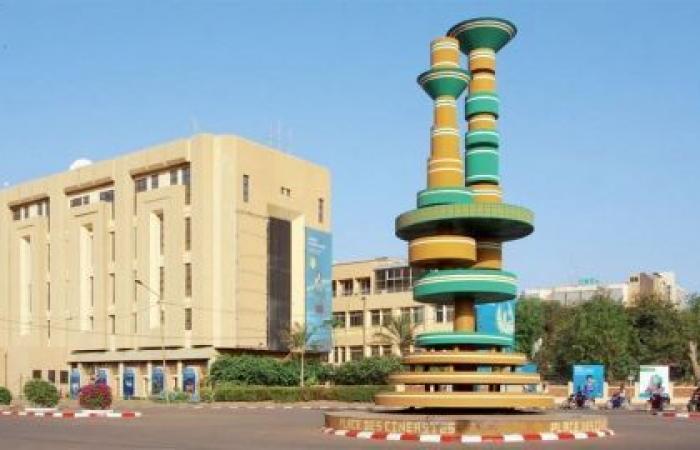(Ecofin Agency) – If fundraising remains necessary to finance budget deficits and infrastructure spending, the persistence of such high interest rates risks weighing heavily on the repayment capacities of these countries.
Over the first nine months of 2024, the member countries of the Alliance of Sahel States (AES), namely Burkina Faso, Mali and Niger, mobilized approximately 1,866.5 billion CFA francs ($3.12 billion ) on the UEMOA regional market. These three countries, facing security and economic challenges, represent 34% of the total amounts raised on the WAEMU public securities market, according to data compiled by theEcofin Agency. A figure which reflects their sustained financing need, despite the relatively high borrowing costs they must bear.
Burkina Faso: one of the main players on the market
With 635.79 billion FCFA raised, Burkina Faso stands out for its strong presence on the UEMOA debt market, representing 13% of regional issues. However, the country continues to pay high interest rates, with yields reaching 9.54% for 12-month maturities, a level significantly higher than that observed for economies like Côte d’Ivoire or Benin where rates vary between 6% and 7% for similar maturities.
At the same time, Ouagadougou has already repaid 388 billion FCFA, maintaining its outstanding debt on the market at 2,061.86 billion FCFA. With 12.55% of the total outstanding regional debt, Burkina Faso is among the main borrowers of the Union.
Mali: high risk premium
In Mali, the story is no different. Bamako mobilized 528.95 billion FCFA, or 12% of total UEMOA fundraising during the first 9 months. However, despite prudent management of its repayments – 501.15 billion FCFA over the period – the interest rates at which it borrows remain high. On short maturities, yields climb up to 9.73% for six months and remain above 9% for maturities of up to three years.
Mali, with an outstanding debt of 1989.63 billion FCFA (12.12% of the region’s total outstanding debt), is suffering the effects of an uncertain economic and political environment, where borrowing costs reflect prudence investors in the face of internal tensions.
Niger: borrowing at record rates
For Niger, which raised 701.76 billion FCFA in 2024 – a comeback after 6 months of absence due to ECOWAS sanctions – the borrowing conditions are even more severe. With rates reaching 10.40% for 12-month maturities, the country faces the highest financing costs in the region. Although its outstanding debt of 1,432.31 billion FCFA represents a more modest share (8.72% of the regional outstanding), the conditions of access to financial markets are increasingly difficult.
The country, faced with growing needs in terms of security and infrastructure, finds itself in a delicate situation, where the urgency of short-term financing comes up against budgetary constraints imposed by high rates.
Fiacre E. Kakpo






